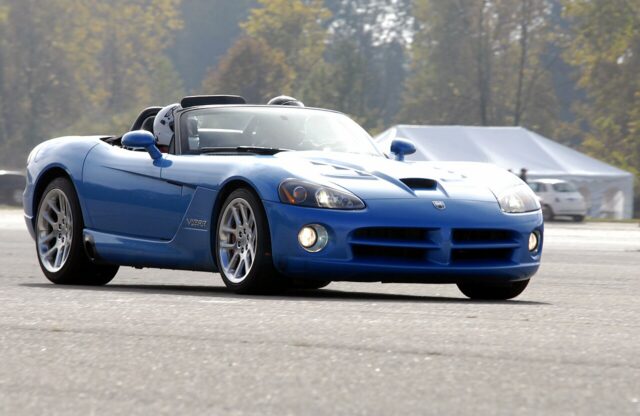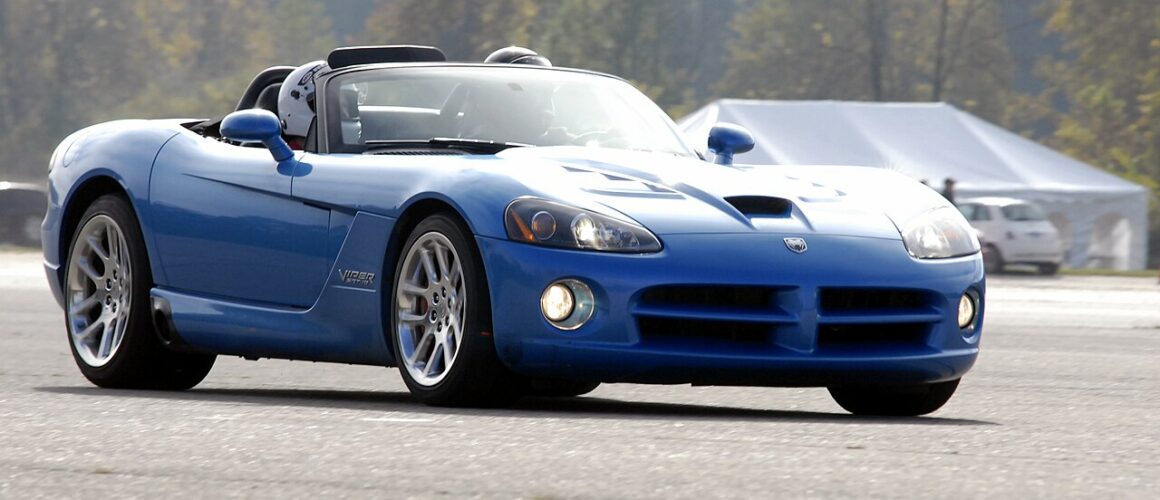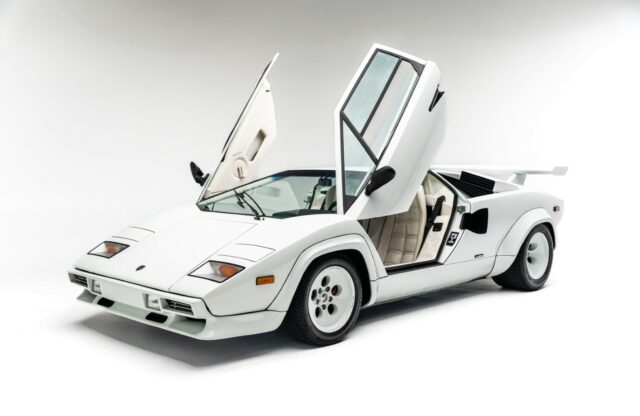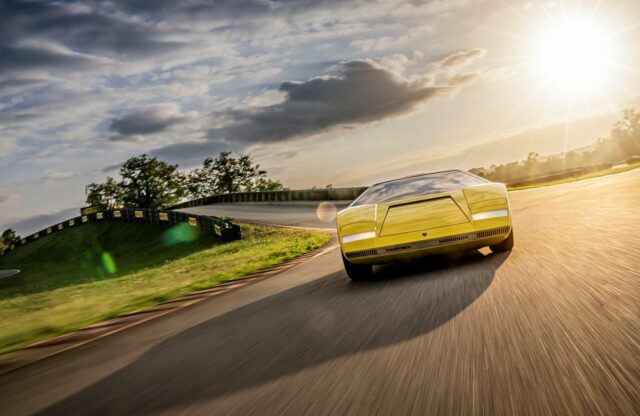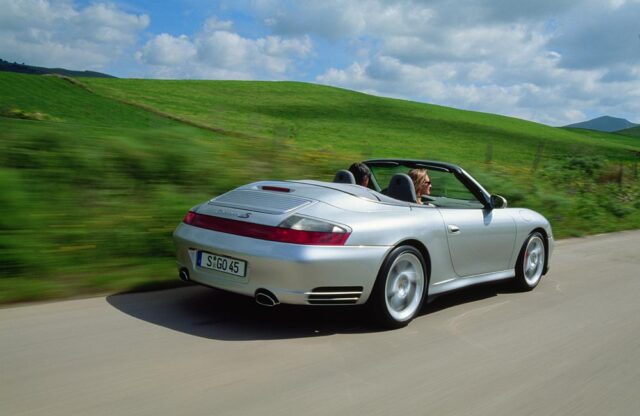Cars from the 1980s and ’90s haven’t always been popular in the classic and collector world, especially the high-performance models that typify the RADwood scene. This was the era when production machinery suddenly sprouted the accoutrements that racing cars had worn for decades: turbochargers, fuel injection, fat tyres and factory body kits.
The average punter no longer had to be satisfied with a wheezing 1.6 fed by a sputtering carburettor, but could instead aspire to a road-going homologated version of the rally or touring car they were watching race on TV every weekend. Colours were bold and exhausts were loud; it was a long way from the genteel world of polished chrome and sedate Sunday drives through the country.
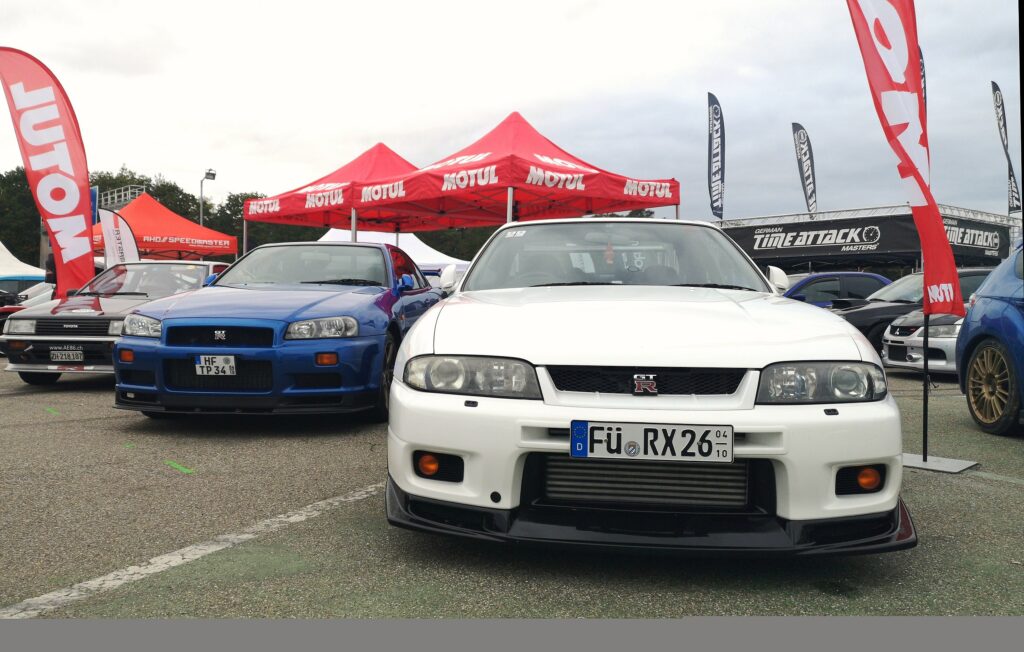
But times change, and so do those who buy classic cars: today, 27 percent of classic car buyers are aged under 40, up from 21 percent four years ago. There are more events than ever, cool venues to take your car to and thriving message groups, pretty much all dominated by Gen X and Millennial drivers. It’s no surprise that the cars they lust after have been going up in value. Headlines shout about Ford Sierra RS Cosworth values (up 148 percent in the last five years in the Hagerty Price Guide), often comparing prices such as this with the rest of the market, which fell 14.5 percent over the same period.
Big numbers – but are they indicative of that whole sector of classic cars? The only way to find out is to track a fair number of models over a period of time, and see what trends emerge. That’s exactly what Hagerty did, and the result – published last week as the RADwood Index – makes for interesting reading.
Fifty RAD-era cars were chosen, and their ‘excellent’ condition values recorded. The percentage change since 2018 was then plotted against the other Hagerty indices, and RAD emerged as having the second-lowest average growth (14 percent). That’s actually not a bad thing; although the lockdown dip, post-Covid spike and following correction are still evident (as they are in all our indices), with RADwood they are less pronounced. That shows stability and steady growth, and that’s healthy.
So, where does Hagerty expect the RADwood Index to go from here? It will update the Index every quarter, as UK Hagerty Price Guide values are reviewed, and the expectation is that this group of cars will continue on a steady upward trajectory with the very best examples, especially low-mileage, high-spec cars, becoming increasingly collectable. That will encourage investment in restoration, and we could even see more of these models back on the road, hopefully in time for RADwood itself in September.
RADwood is a celebration of 1980s and ’90s performance classics. It takes place on Saturday September 7, 2024 at the Chatham Dockyard in Kent. Tickets are available here.
